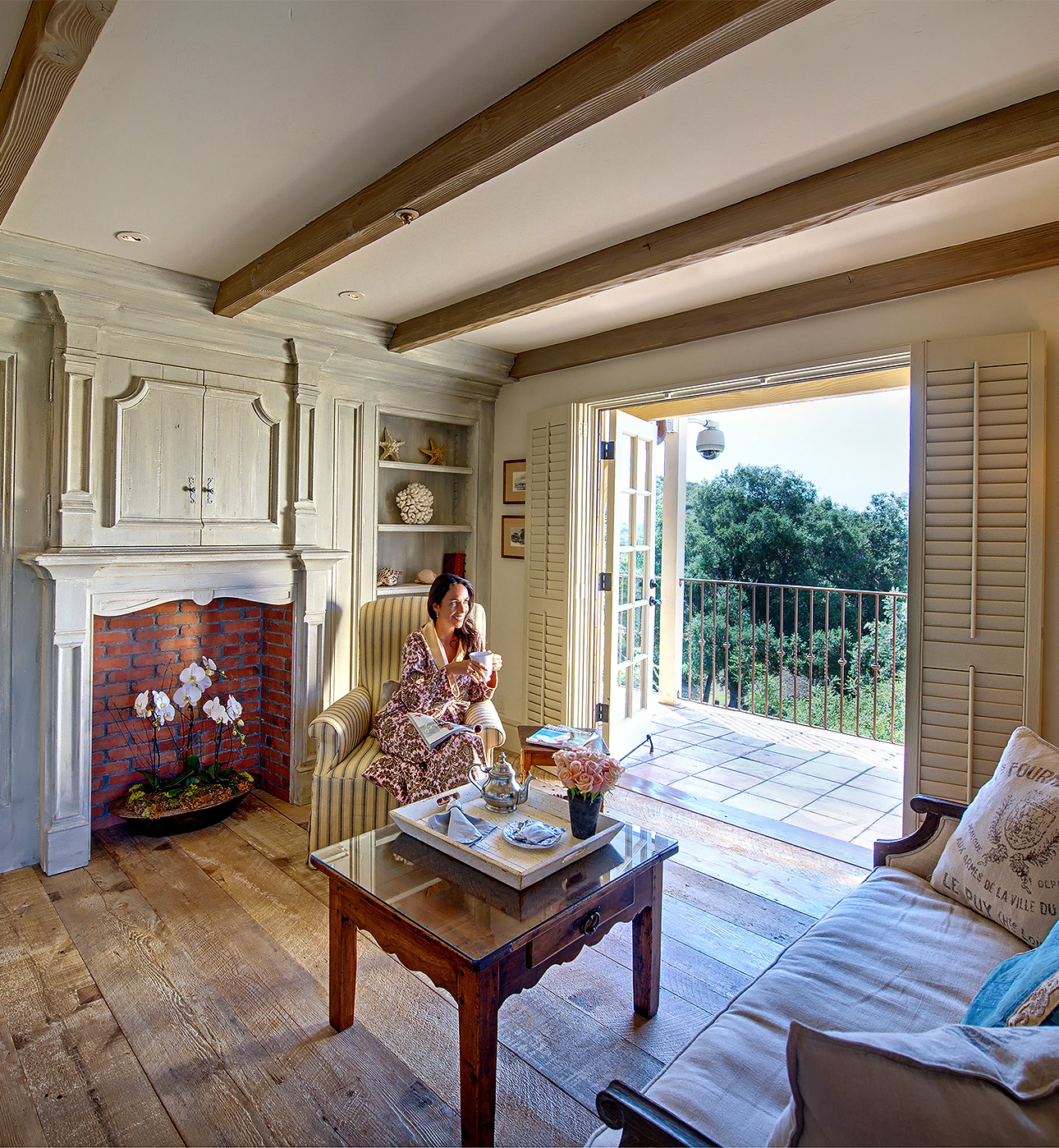

Our Blog
For Mind, Body, & Soul
Whether you’re looking for nutritious organic recipes, recommendations for your fitness routine, or information about the newest wellness rituals, our blog features articles designed to supplement your wellness journey as a whole.